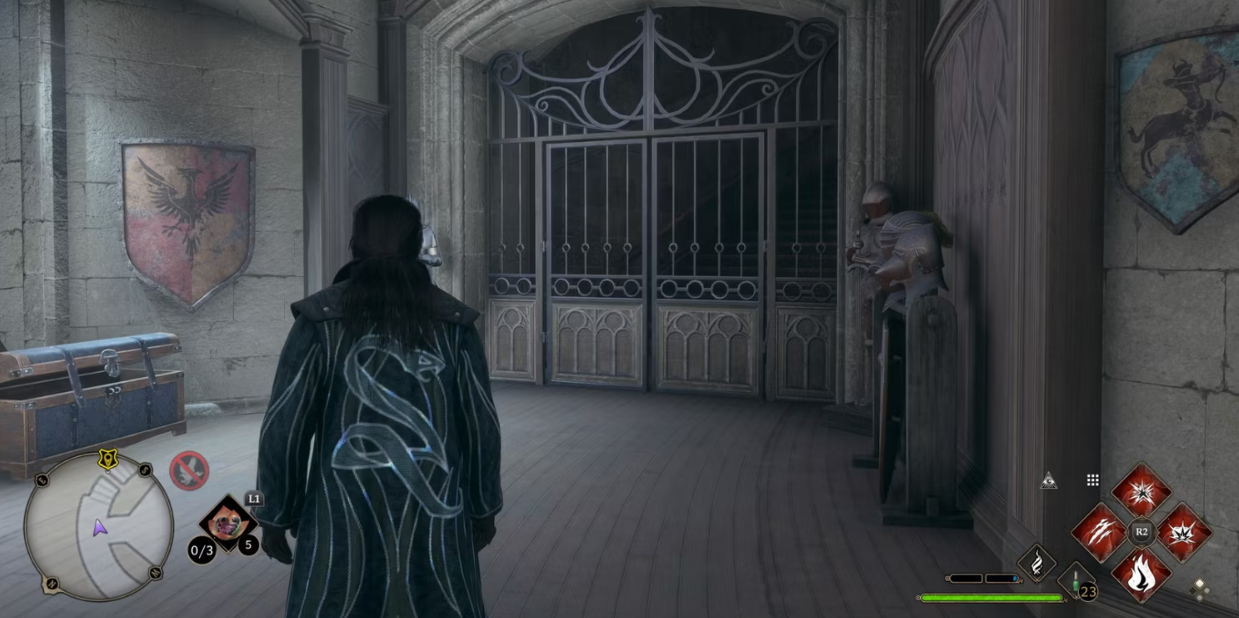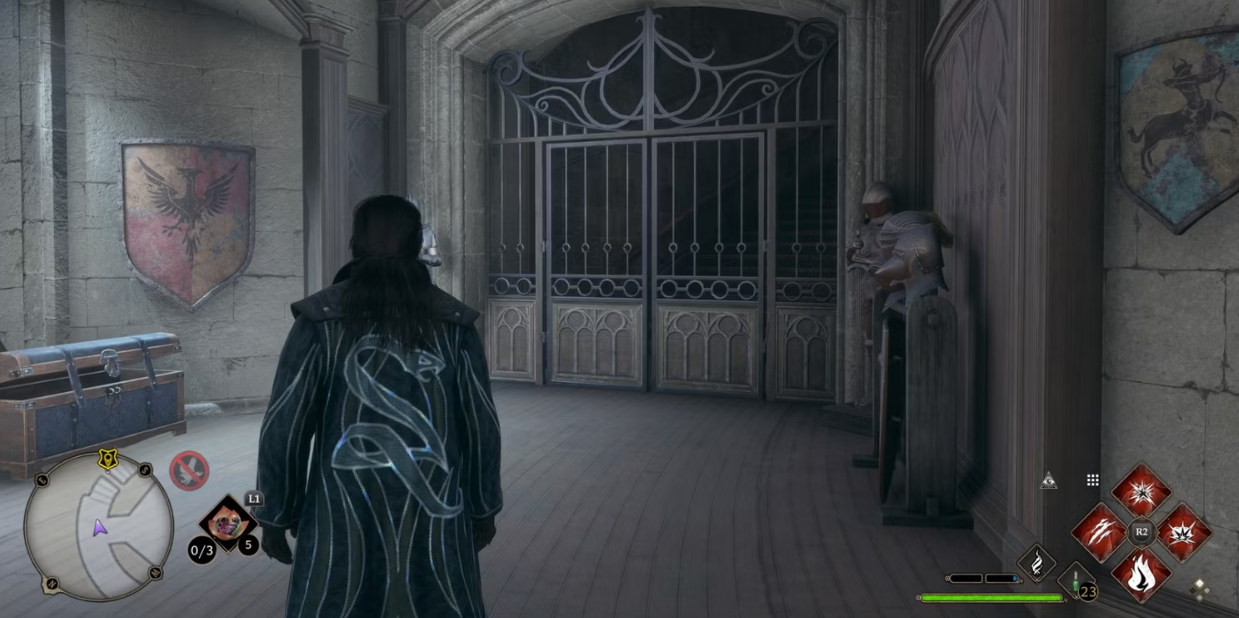Gaming
How to Use Cassidy in Overwatch 2

The transition from Overwatch to Overwatch 2, the outlaw has undergone one significant change that significantly alters the way he is played. Cassidy’s other abilities have received a mix of buffs and nerfs, in addition to him having one of his abilities completely reworked. Those who were familiar with the combat-rolling cowboy in the first iteration of Overwatch should be able to slide right back into their familiar damage role in the most recent release, and new players should be able to pick up and play the character with relatively little difficulty. Casidy’s use in Overwatch 2 will be broken down for you in this article’s course. So let’s get started:
Read Also: How to Get and Unlock One Punch Man Skins in Overwatch 2
How to Use Cassidy in Overwatch 2
Cassidy’s Playstyle
It’s rare to find a DPS character as simple as Cassidy. The Peacekeeper, the hero’s signature weapon, deals significant damage and, in the hands of skilled players, may quickly and easily demolish enemies. It’s not easy for tanks and healers to face off against an outlaw like Cassidy, especially if the outlaw spots them first. Since it uses hit-scan technology, his weapon can connect with its target nearly instantaneously and avoid the “placement difficulties” that plague projectile-based weapons. The “point-and-shoot” gameplay in Cassidy is accessible to gamers of varying skill levels. The smooth-talking hero can deal damage from a variety of distances, however most players will feel most at ease when he or she is in close combat.

Punishing players with well-placed bullets from afar is doable, but it can be tough to strike consistent shots without a zoom feature, especially for those who are new to Overwatch and still getting adjusted to the gunplay. Because of his long range and high damage output, Cassidy is an excellent pick for teams tasked with transporting valuable cargo or defending a vulnerable stronghold. This is due to the fact that Cassidy is very good at eliminating threats before they can inflict significant harm on the rest of the team. Although the cowboy can be used as a flanker (and is often best utilized in this role when employing his ultimate), he is now more suited for team battles and securing objectives thanks to recent improvements to his kit. To help gamers better understand how Cassidy may contribute to their team, we’ve included this detailed look of his updated equipment.
Cassidy’s Abilities
-
Peacekeeper (Weapon)
Cassidy favors a high-powered, rapid-fire revolver. The versatility of the six-shooter comes at the expense of a high degree of shot accuracy. The Peacekeeper can only do damage in a pinpoint area and has no area-of-effect or splash capabilities. As a result, accurate aim is crucial when using Cassidy’s weapon, and players that master this skill quickly will be rewarded. While though body shots will deal significant damage, the Peacekeeper’s critical damage is absolutely destructive. Many of the lower-health heroes in Overwatch 2 can be killed with just two headshots from Cassidy’s revolver.
The Peacekeeper requires precision and accuracy to use effectively, but its close-range alternative fire and ability to assist players fight back against adversaries that are difficult to strike make up for this. Cassidy plans to “fannedly” empty the magazine by employing the alternative fire on the Peacekeeper. Because of this, players can fire off as many as six shots in rapid succession. If players are able to land the majority of their shots on an enemy, this move has been given a little speed buff in Overwatch 2, making it even more devastating.
-
Combat Roll (Active)
It is possible for Cassidy to avoid enemy fire thanks to his ability, Battle Roll, which grants him a little increase in movement speed. During extremely violent gunfights, it will also reload his Peacekeeper regardless of how many rounds are left, providing gamers with a way to either deal out additional damage or reload quickly. When triggered, the Combat Roll is a rather simple mechanic that causes Cassidy to dodge in the same direction that the players are travelling.
In Overwatch 2, it now has a slightly increased efficacy as a result of the addition of a damage reduction of 50 percent from all incoming damage while Cassidy is rolling. This reduction applies only while Cassidy is rolling. When rolling away from potential danger or attempting to escape the ultimate ability of another player, this grants players the capacity to “tank” a small amount of damage.
-
Magnetic Grenade (Active)
The Magnetic Grenade is the component of Cassidy’s total kit that brings about the most significant shift. Those who participated in the first iteration of Overwatch will likely recall that the gunslinger was equipped with a “stun grenade” that could be used to halt the progress of other players or even nullify their skills. In Overwatch 2, this ability has been gone, which is a shame for fans of its crowd control potential. Instead, Cassidy now has access to a different grenade that is designed to complement his DPS playstyle more effectively.
The Magnetic Grenade is hurled in a manner that is quite similar to its predecessor, which was designed to stun its target, but this time it is calibrated to provide damage rather than immobilize its target. It has a unique magnetic characteristic that makes it track slightly toward foes when it is thrown, and if players are able to “stick” it to an enemy directly, it will deal additional damage to that enemy. Even though there are many players who will miss the ability to stun other players (in order to escape or lineup headshots), the Magnetic Grenade actually affords Cassidy much better damage output in team fights and 1-vs-1 scenarios. This is due to the fact that it gives players quite a bit of burst damage, even if they are unable to land the grenade directly.
-
Deadeye (Ultimate)
The functionality of Cassidy’s Deadeye ultimate remains unchanged from how it was in the game’s initial release. When players use Cassidy’s ultimate ability, the screen will change a shade of amber and skull icons will appear above each foe that Cassidy can “see.” Players will also hear a metallic sound effect. It is essential to remember that the skull lock-on technique will only operate when an adversary can be seen, and if they are successful in hiding, players won’t be able to use Deadeye to attack them even if they are in close proximity. When players press the fire button again to activate Deadeye, the ability will deal greater damage if it has been engaged for a longer period of time.
Overwatch 2 has provided Deadeye with some much-needed improvements. The rate at which Cassidy builds up her ultimate charge has been increased by about 10 percent compared to before. The duration of the ultimate ability has been increased to seven seconds, and after two seconds of activation, the damage output scales up at a significantly higher rate. Due to the fact that Cassidy takes 40 percent less damage while using her ultimate ability, it is far more difficult to kill other players when Deadeye mode is active.

FAQs
Is Cassidy hard to play ow2?
Cassidy is a character that, despite the fact that he is incredibly fun to play, can be rather challenging to master due to the fact that almost all of his abilities have a high skill cap. The necessity of having a worthy objective comes as the initial justification for this. Since you only have six shots in a magazine, you have no choice but to make each one count as much as possible.
Why is Cassidy so bad in ow2?
He possesses a degree of adaptability not found in “Aim characters,” yet he does not have widow or hanzo’s propensity for erratic behavior. He is not a bodyguard anymore, and his burst damage has been decreased in this beta version. They endeavored to transform him into a “aim character,” but in the end, all they did was take away his flexibility while maintaining the same level of volatility.
Who is the least used hero in ow2?
The most picked heroes in Season 2 of Overwatch, ranked by popularity.
With a pick rate of only 0.91% in the current metagame, Junker Queen is now in the position of having the lowest rate of any card in the entire format.













